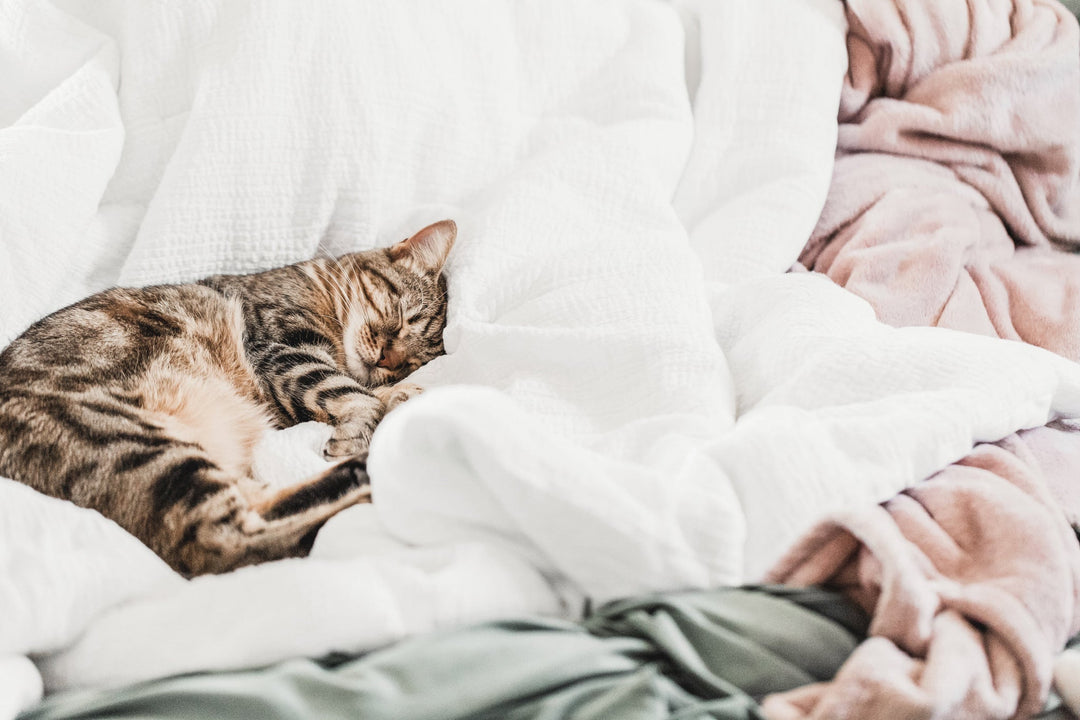Is It Okay To Use Other People’s Photos for Educational Purposes
Topic: Copyright
Time Investment: 7 Minutes
Suggested Product: Ultimate Copyright Kit
It has probably happened to every single one of us.
You wake up one morning, open your Facebook feed or Instagram and see an amazing photograph that someone has posted.
Sometimes, the photograph is a share and you can trace it back to the original source. Other times, someone has just copied someone else’s photograph and pasted it on their feed and made a comment about it.
No attribution…no apparent source. Of course, as a photographer, I tend to cringe and think about how I would feel if everyone was freely sharing my work without giving me credit.
But let’s get into our world here. I am often asked to provide seminars or other educational sessions for new or experienced photographers.
Do the standards change here?
Can I use another photographer’s copyrighted photo that inspires me for purposes of teaching without getting their advanced permission?
This gets us in to the concept in copyright law known as “fair use.” According to the U.S. Copyright Office, “Fair use is a legal doctrine that promotes freedom of expression by permitting the unlicensed use of copyright-protected works in certain circumstances.”
Without such a doctrine, we would not be able to explore, examine, criticize, or research other’s work.
Thus, there may be some instances where you can use someone else’s images without their prior permission.
We can’t talk about a legal issue without there being a legal test involved, right? I mean, there is always a test and these tests are many time as clear as mud to someone who doesn’t spend their days researching complicated laws and cases interpreting them.
The fair use test looks at a four particular factors and the facts surrounding them to determine whether using someone else’s work violates the copyright laws.
The factors are:
- the purpose and character of your use
- the nature of the copyrighted work
- the amount and substantiality of the portion taken
- the effect of the use upon the potential market
Let’s take factors (2) – (4) first.
First, the nature of the copyrighted work is significant in determining whether fair use applies.
This means, that if the work is generally created for artistic or creative expression purposes, it will be looked at differently than something created for factual purposes, such as a news article. That is not to say that the news article isn’t protected in some ways as well, it just means that there are more significant protections for expressive work.
Next, it depends on how much of someone else’s work you use.
If you decide to use a series of photos taken by another photographer without their permission in your educational event/session, then you are less likely to claim “fair use” than if you use one photo from another photographer’s work, particularly if they have a series of photos that were taken to be used or shown together. Again, this is all facts and circumstances specific, and if more than one piece of a photographer’s work as a whole would commonly be used for educational or non-commercial purposes, then it is still possible that fair use could apply.
Additionally, if using the photographer’s work without permission would harm the market for the photographer’s work –meaning that using it in your presentation would make it appear more “common” versus “unique” in the eyes of the audience and, therefore, less valuable – that can impact whether you could utilize the benefits of the fair use doctrine.
While all factors, including those above, are generally considered in these situations, for purposes of using someone else’s image for educating others at a seminar, the most significant factor will likely be “the purpose and character of your use.”
This means how you are using the copyrighted work is significant and would impact whether you would be in violation of the law.
If your seminar presentation is purely educational and you aren’t being paid, such as if you are doing a free educational event at a community center in the hope that it will get your name out there to potential new clients, then you are more apt to be able to utilize the fair use doctrine. If you are being paid for the presentation, then it could weigh against you but does not necessarily mean that you would fail the test. Remember what I said before….facts and circumstances specific and clear as mud!
Again, while some factors may weigh more heavily in some instances as opposed to others, all of the factors are generally considered.
Of course, none of us would ever want to intentionally misuse someone else’s work and risk a potential copyright infringement issue. And, let’s face it, these days artists are much more aggressive about protecting their work since it can be so readily and easily reproduced and shared through various technologies.
Ultimately, the fair use doctrine does not provide unfettered access to others work by anyone who merely claims that they are “educating” themselves or others.
Therefore, don’t expect that your non-watermarked photo that someone posted on Facebook will later end up as the primary image in a Fortune 500 Company’s newest marketing campaign.
All in all, while your intentions may be pure and your purpose purely educational, some artists will not just be honored that you chose to use their work (without their permission) because you value or admire it. You should carefully consider whether or not to use another’s work without their permission.



